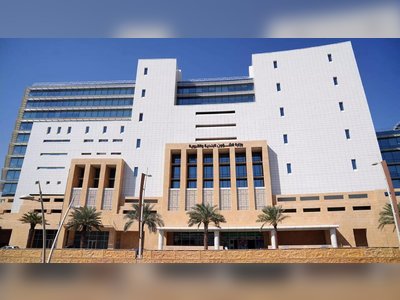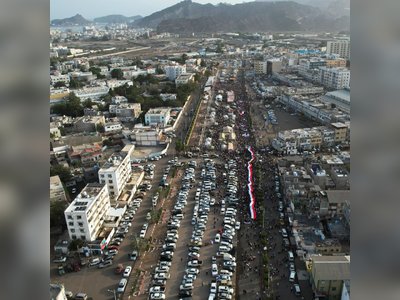
Moody's Maintains Ratings of Major Saudi Enterprises
Moody's has confirmed the creditworthiness of prominent Saudi firms, reflecting stability and strength.
Saudi Basic Industries Corp. (SABIC), Saudi Telecom Co. (stc), and Saudi Electricity Co. (SEC) hold steady with A1 ratings, while Ma'aden keeps its Baa1 standing.
SABIC's A1 denotes a powerful petrochemical market position, cost efficiency, and financial sturdiness, though the agency notes its cyclical business and regional focus. stc's similar rating springs from its sector lead, fiscal robustness, and state backing, tempered by competitive and industry investment challenges.
SEC's assessment acknowledges its electrical sector control and regulatory aid, weighed against rising debt from infrastructure projects. Ma'aden draws support from its diverse output, cost-effectiveness, and pivotal economic role, with attention to price fluctuation and growth plans.
The prospects for SABIC, stc, and SEC are favorable, mirroring Saudi government stability, suggesting strong state support potential. Ma'aden's steady outlook is founded on its prudent financial strategies and liquidity handling.
The agencies suggest that these Saudi entities' ratings could face future adjustments. SABIC could rise with a Saudi government or Saudi Aramco rating boost, or if it shows revenue growth and sustains fiscal solidity. However, operational declines or substantial debt-funded ventures could lower its rating.
stc's rating could benefit from government or Public Investment Fund (PIF) improvements, given its high global telecom standing. Nonetheless, increased competition, debt-led buyouts, or consistent cash flow deficits could spell a downgrade, as would a drop in government or PIF ratings.
An SEC upgrade could follow sovereign or PIF rating enhancements if it upholds operational and fiscal excellence. Conversely, liquidity dips or major financial slumps could prompt a downgrade.
Ma'aden could ascend with debt-to-EBITDA reduction and cash flow improvements while upholding liquidity. However, debt surges or liquidity erosions might compel a downgrade. Shifts in perceived PIF or government assistance could also influence its rating.
SABIC's A1 denotes a powerful petrochemical market position, cost efficiency, and financial sturdiness, though the agency notes its cyclical business and regional focus. stc's similar rating springs from its sector lead, fiscal robustness, and state backing, tempered by competitive and industry investment challenges.
SEC's assessment acknowledges its electrical sector control and regulatory aid, weighed against rising debt from infrastructure projects. Ma'aden draws support from its diverse output, cost-effectiveness, and pivotal economic role, with attention to price fluctuation and growth plans.
The prospects for SABIC, stc, and SEC are favorable, mirroring Saudi government stability, suggesting strong state support potential. Ma'aden's steady outlook is founded on its prudent financial strategies and liquidity handling.
The agencies suggest that these Saudi entities' ratings could face future adjustments. SABIC could rise with a Saudi government or Saudi Aramco rating boost, or if it shows revenue growth and sustains fiscal solidity. However, operational declines or substantial debt-funded ventures could lower its rating.
stc's rating could benefit from government or Public Investment Fund (PIF) improvements, given its high global telecom standing. Nonetheless, increased competition, debt-led buyouts, or consistent cash flow deficits could spell a downgrade, as would a drop in government or PIF ratings.
An SEC upgrade could follow sovereign or PIF rating enhancements if it upholds operational and fiscal excellence. Conversely, liquidity dips or major financial slumps could prompt a downgrade.
Ma'aden could ascend with debt-to-EBITDA reduction and cash flow improvements while upholding liquidity. However, debt surges or liquidity erosions might compel a downgrade. Shifts in perceived PIF or government assistance could also influence its rating.











